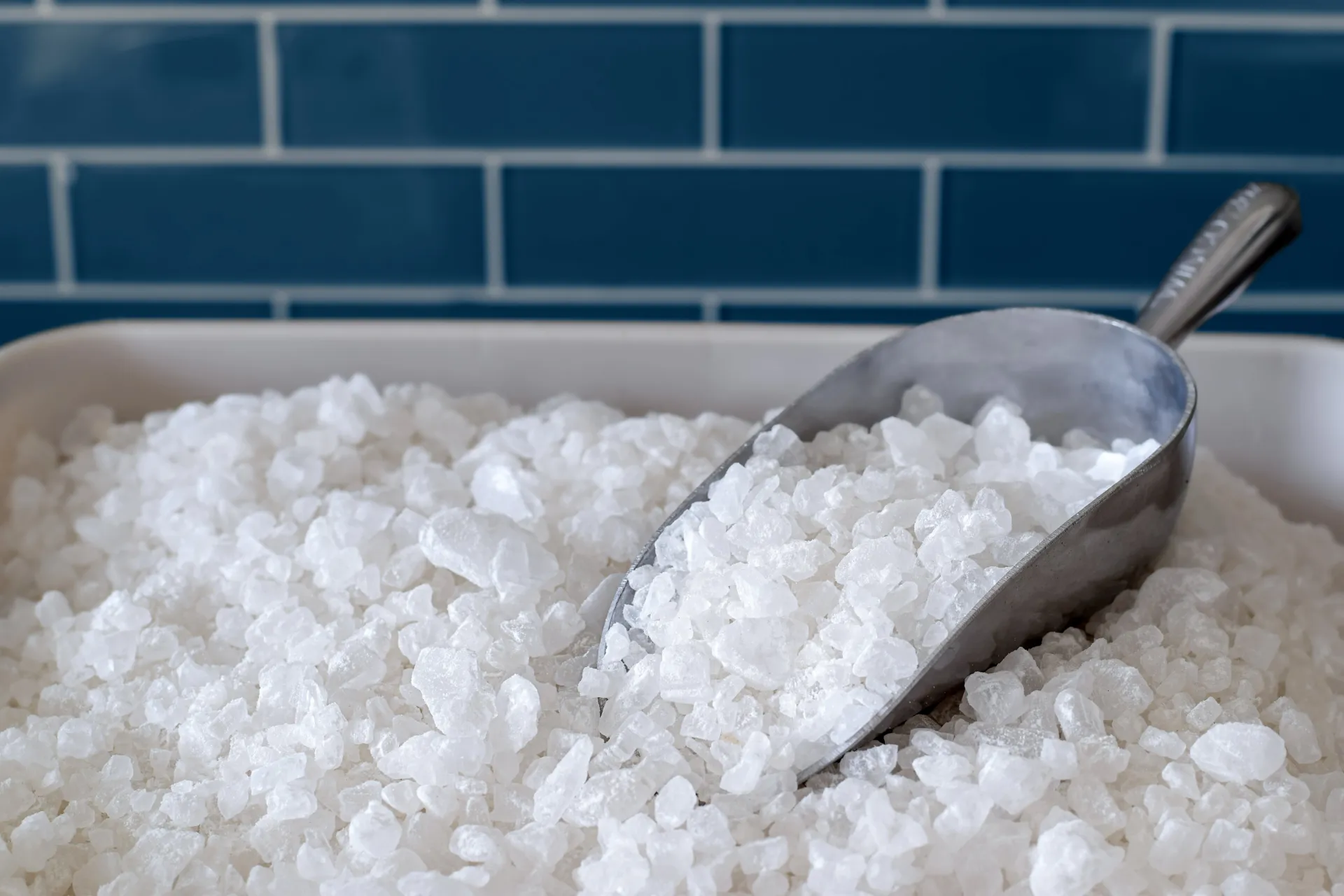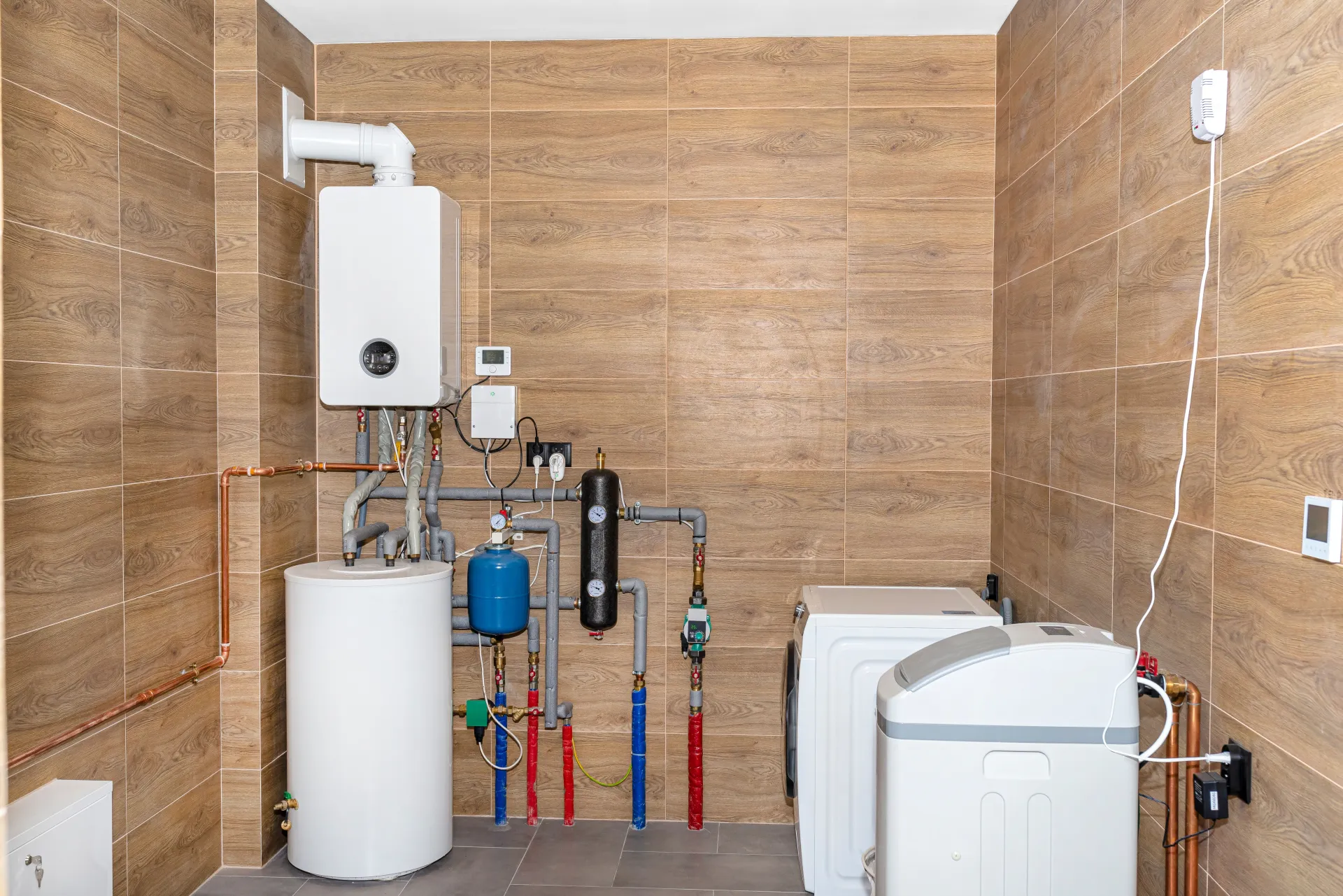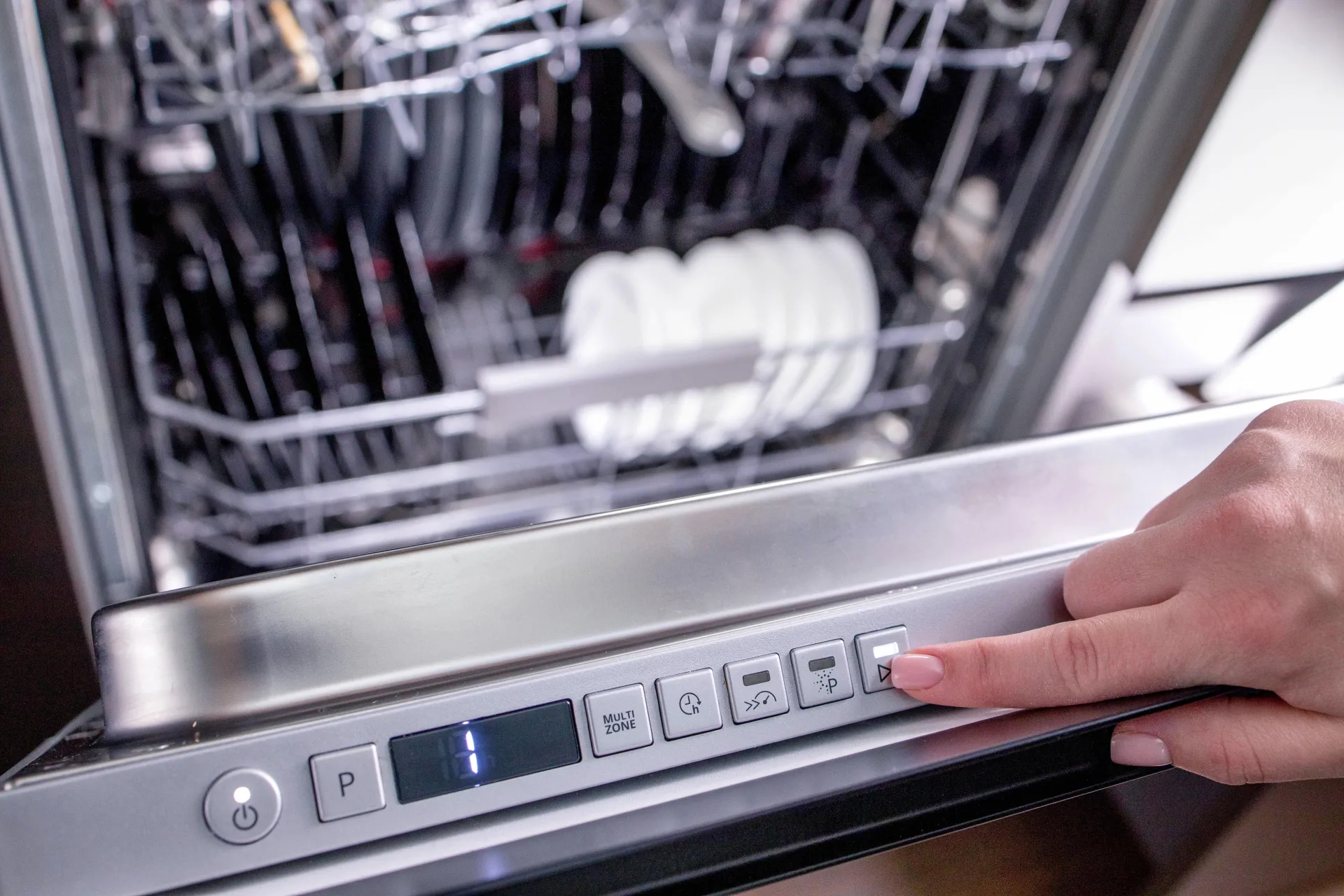How to Measure Hardness in Water
In the UK, water hardness measurement can be expressed using different units and scales. Understanding how to measure hardness in water is key to knowing whether your water is soft, moderately hard, or hard, and how to treat it effectively.
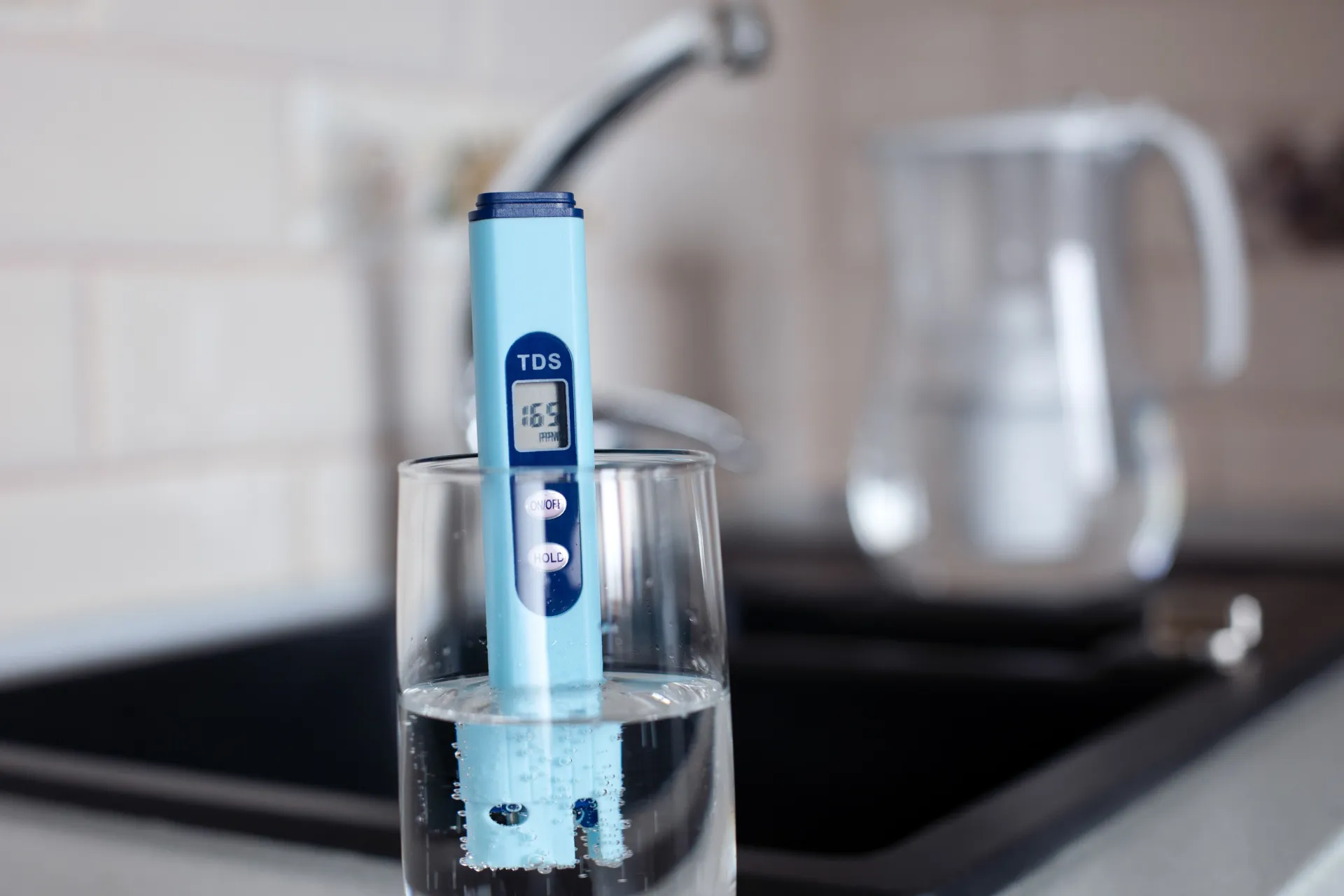
What is Water Hardness?
Water hardness refers to the amount of dissolved calcium and magnesium in water. Minerals that, while harmless to health, are notorious for causing unsightly limescale buildup in kettles, pipes, and appliances. There are several different ways to measure water hardness which we have explored below:
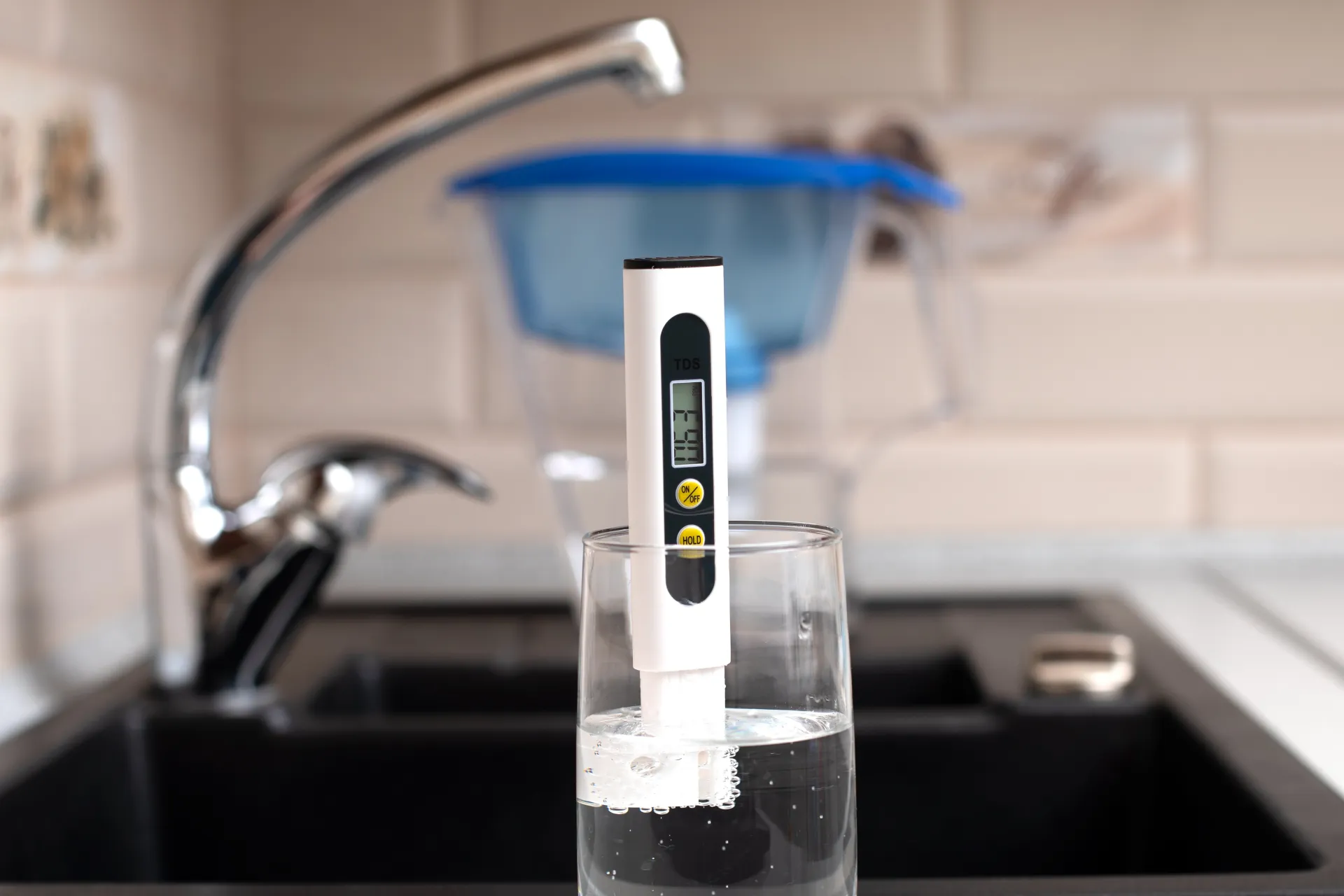
Parts Per Million (PPM) — The Modern Standard for Hard Water Measurement
The most common and modern method to measure water hardness is in parts per million (ppm). This metric system measures very small amounts of minerals dissolved in water. Since one litre of water weighs one million milligrams, 1 ppm means there is 1 milligram of a mineral per litre of water.
For water hardness, ppm measures minerals like calcium carbonate (CaCO₃), the primary cause of limescale build-up. Generally:
- Soft water contains less than 50 ppm of calcium carbonate
- Hard water contains over 200 ppm
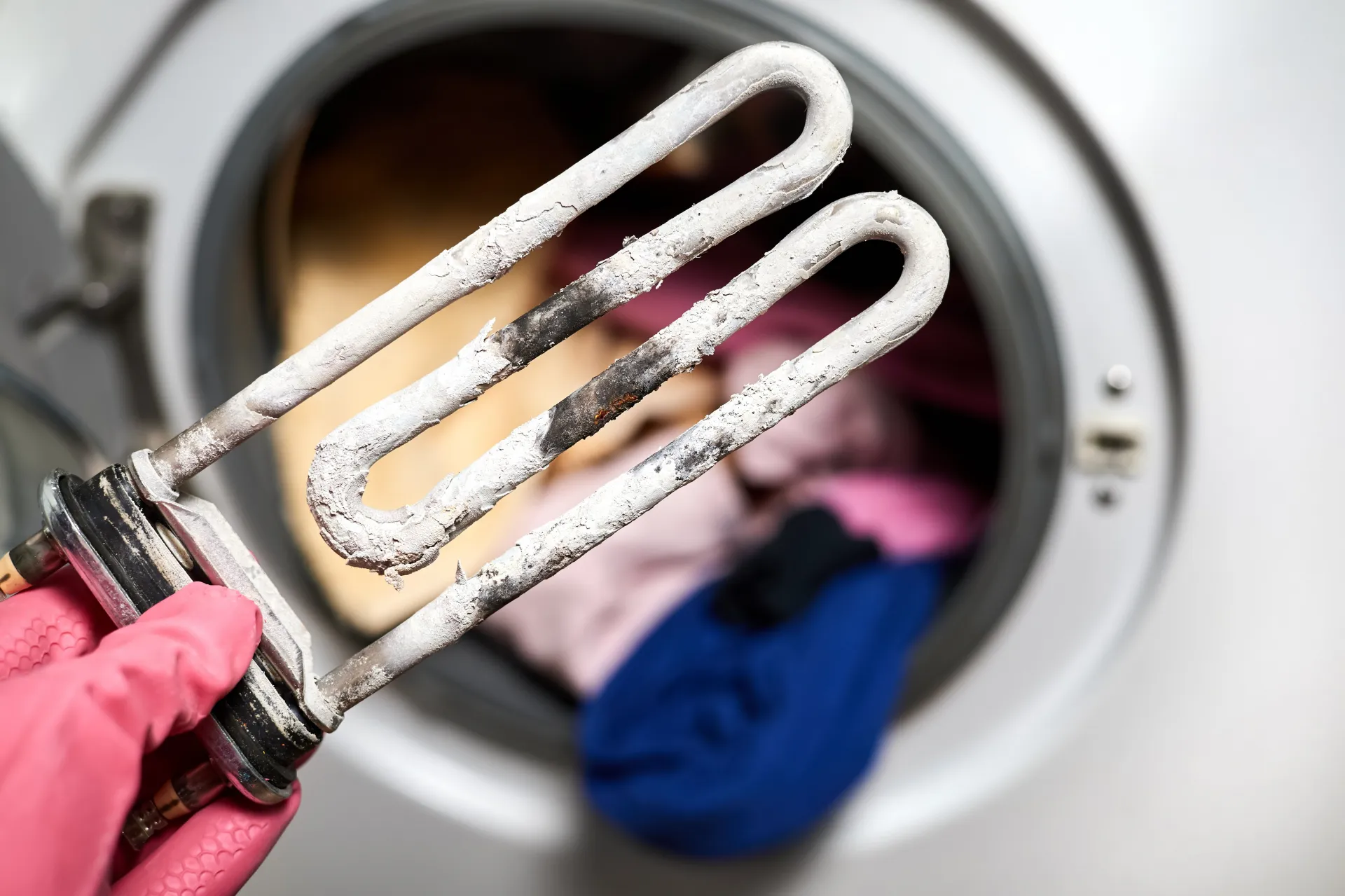
Degree Clark — The Traditional Imperial Hard Water Measurement
Before ppm became standard, the Degree Clark scale was widely used in the UK. Also known as grains per gallon (gpg), it measures hardness as grains of calcium carbonate per gallon of water (1 grain = 64.8 mg CaCO₃ per 3.79 litres).
- 1 degree Clark (or 1 gpg) equals approximately 17.1 ppm
- Soft water has fewer than 3.5 grains per gallon
- Hard water is over 10 grains per gallon
Though less common today, the Degree Clark scale sometimes appears in appliance manuals, such as dishwashers, to guide salt dosing for hard water areas.
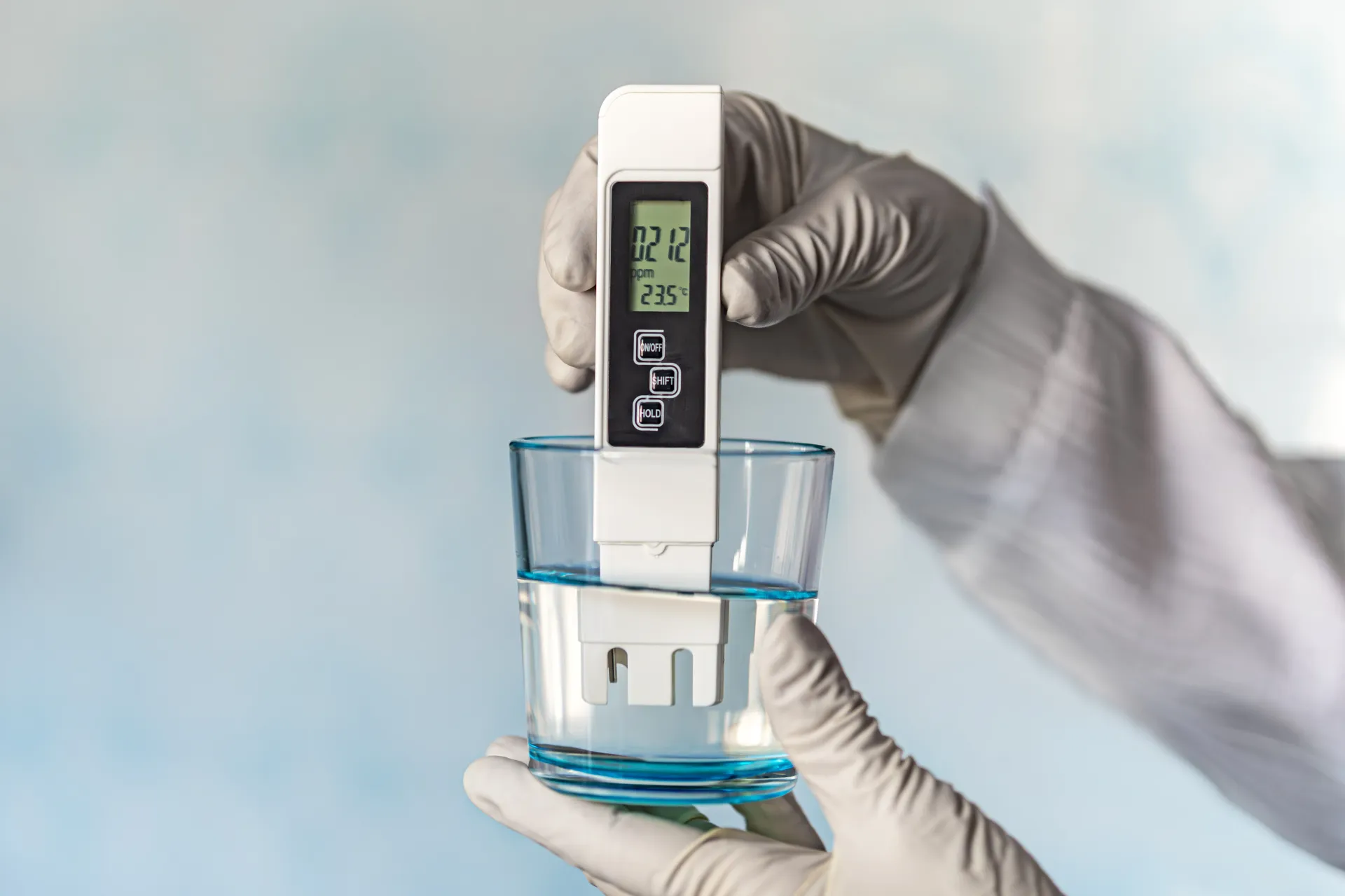
Other Water Hardness Measurement Units
Besides ppm and Degree Clark, there are other water hardness scales you might encounter, such as:
- Degree of General Hardness (dGH)
- German degree (°dH)
- French degree (°fH or °f)
These are less commonly used in everyday UK plumbing but can appear in scientific or international contexts.
Hard Water Measurement Conversion Chart
| PPM (Parts per Million) | GPG (Grains per US Gallon) | °Clark (Degree Clark) |
|---|---|---|
| 50 | 2.9 | 3.5 |
| 100 | 5.8 | 7.0 |
| 150 | 8.8 | 10.5 |
| 200 | 11.7 | 14.0 |
| 250 | 14.6 | 17.5 |
| 300 | 17.5 | 21.0 |
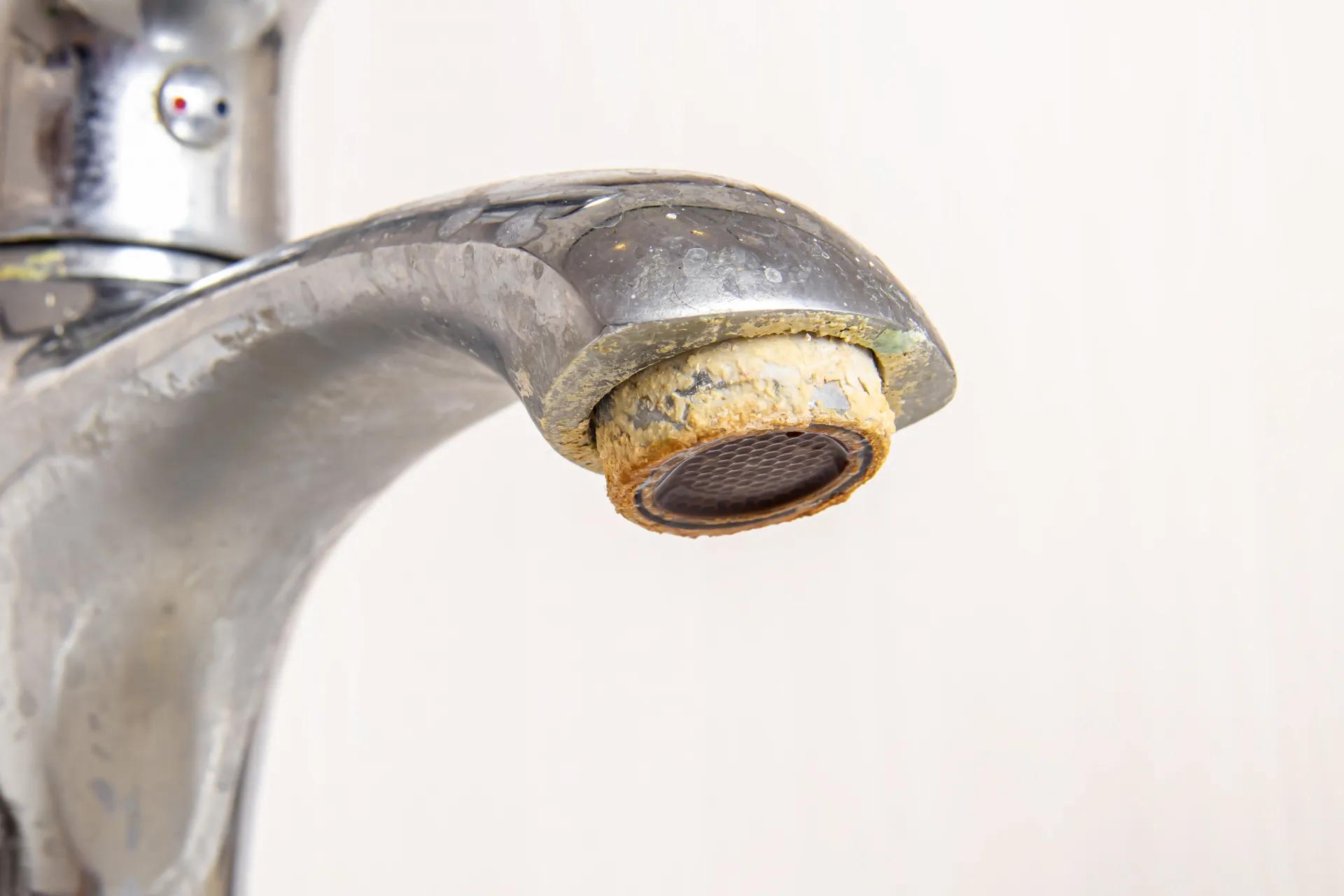
Why Is Water Hardness Measurement Important?
Many households across the UK suffer from the effects of hard water, including limescale build-up, which can damage appliances and plumbing. If you’re unsure about the hardness of your water supply, learning how is hardness in water measured and checking your local water quality is the first step.
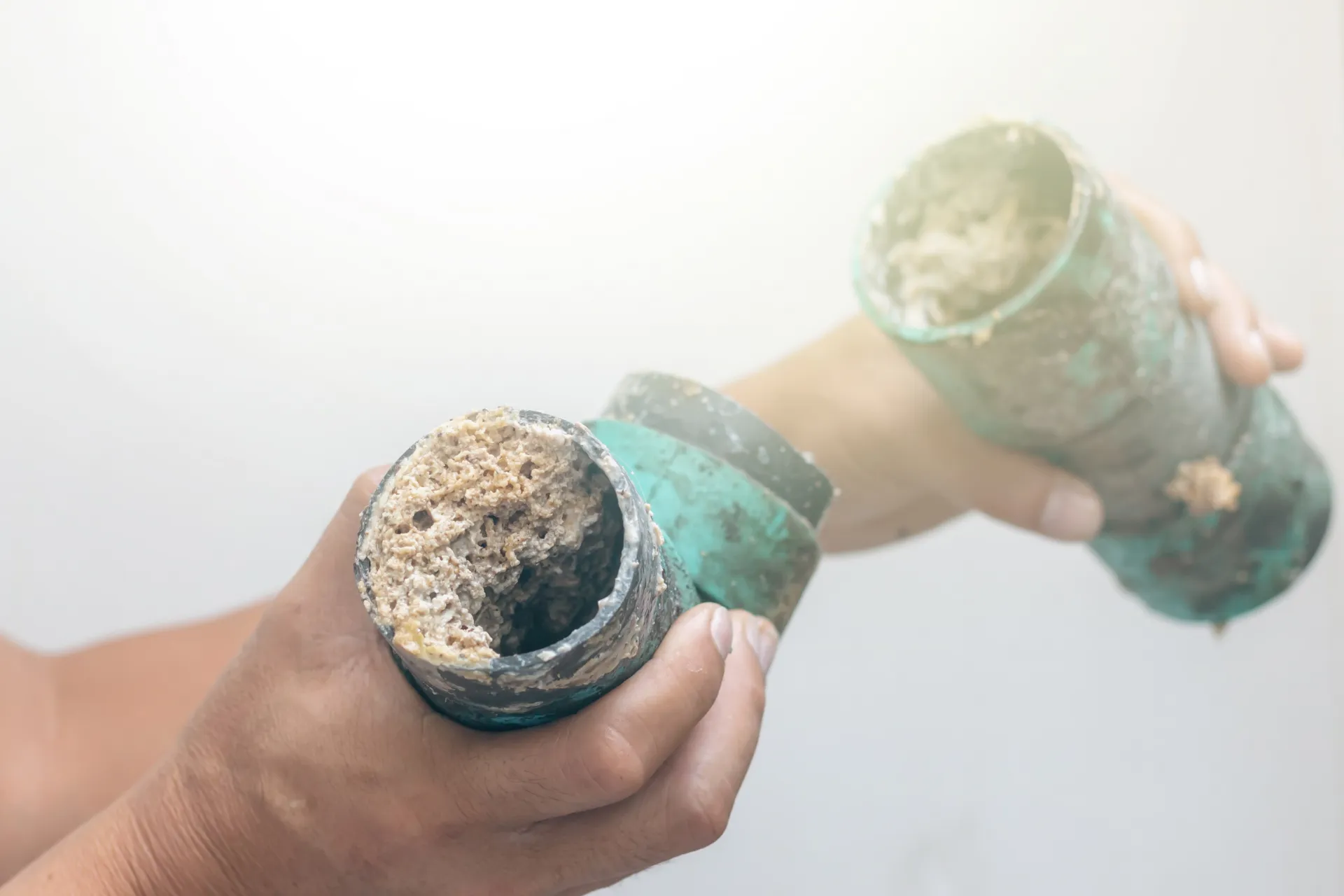
How to Check Water Hardness?
Try our easy-to-use water hardness test (find below) to find out the hardness level in your area and discover how a water softener can help protect your home.
How Hard Is Your Water?
Unfortunately we do not have data for your area but you could still benefit from a water softener.
Are these hard water issues familiar to you?
Get in touch with our experts
Please fill out this form so that we can contact you about your enquiry. You can also arrange for a free personalised water analysis in your home or through a virtual online demonstration.
Explore the benefits of softened water
